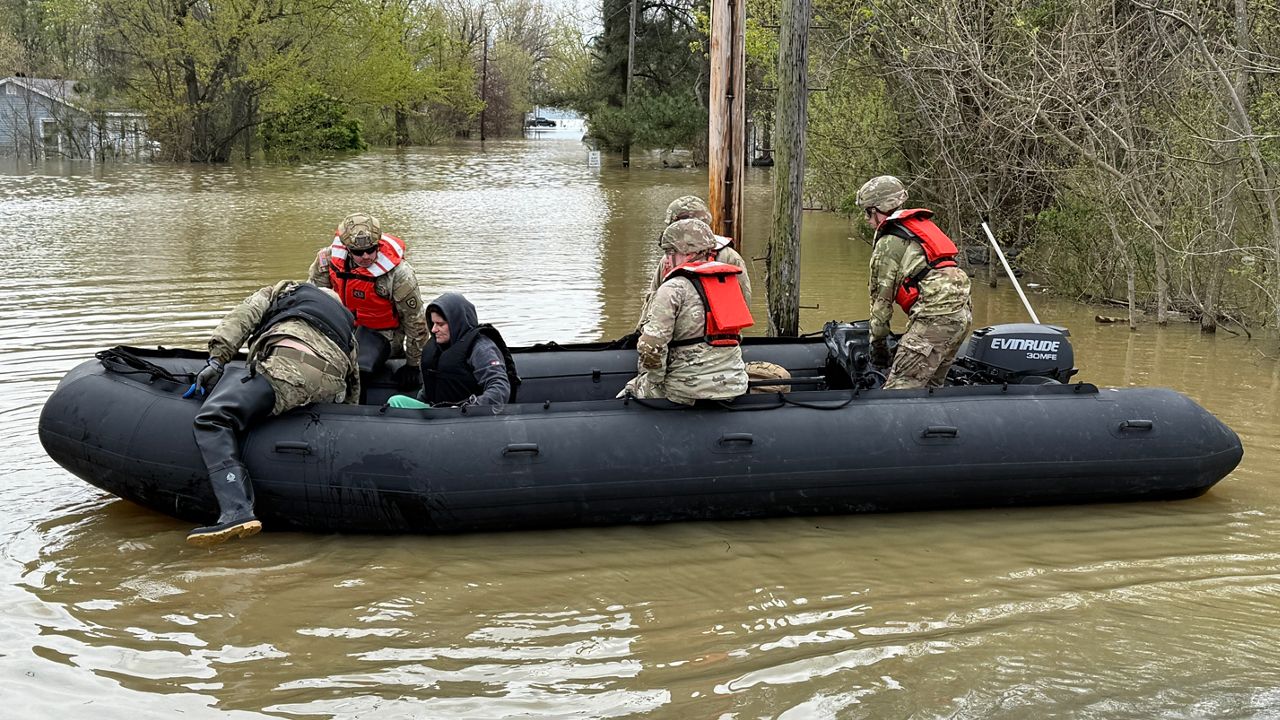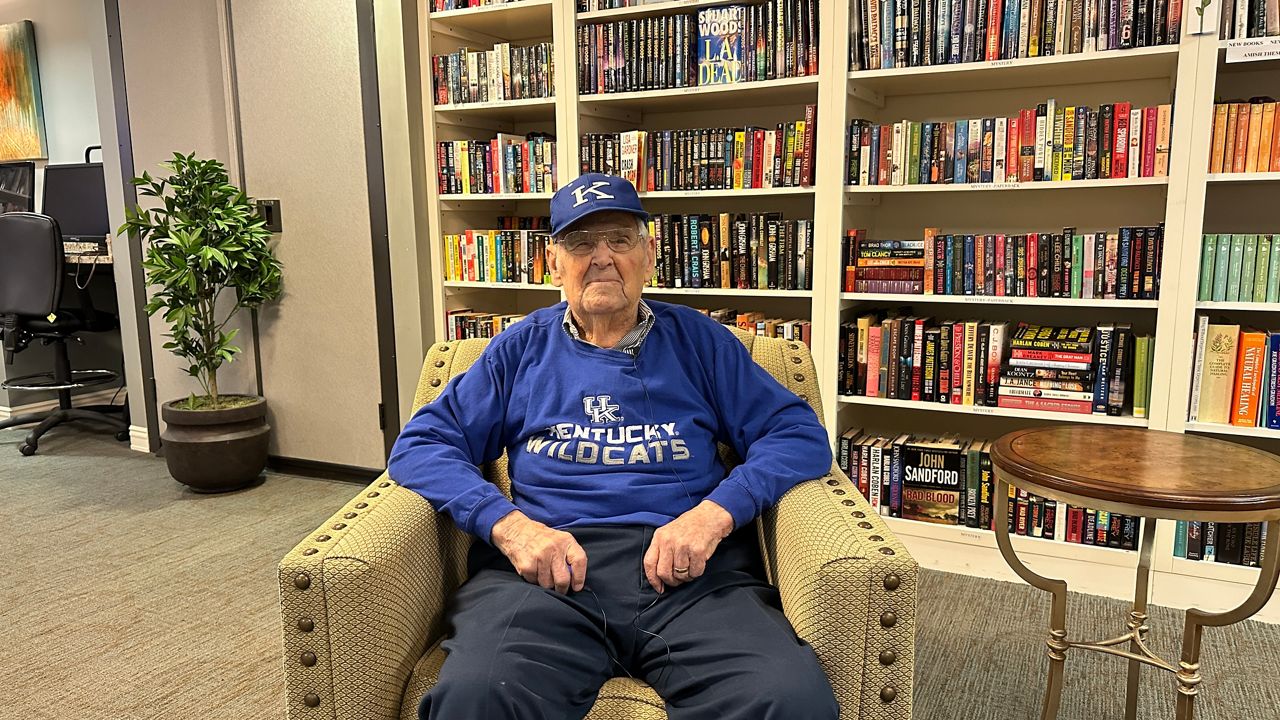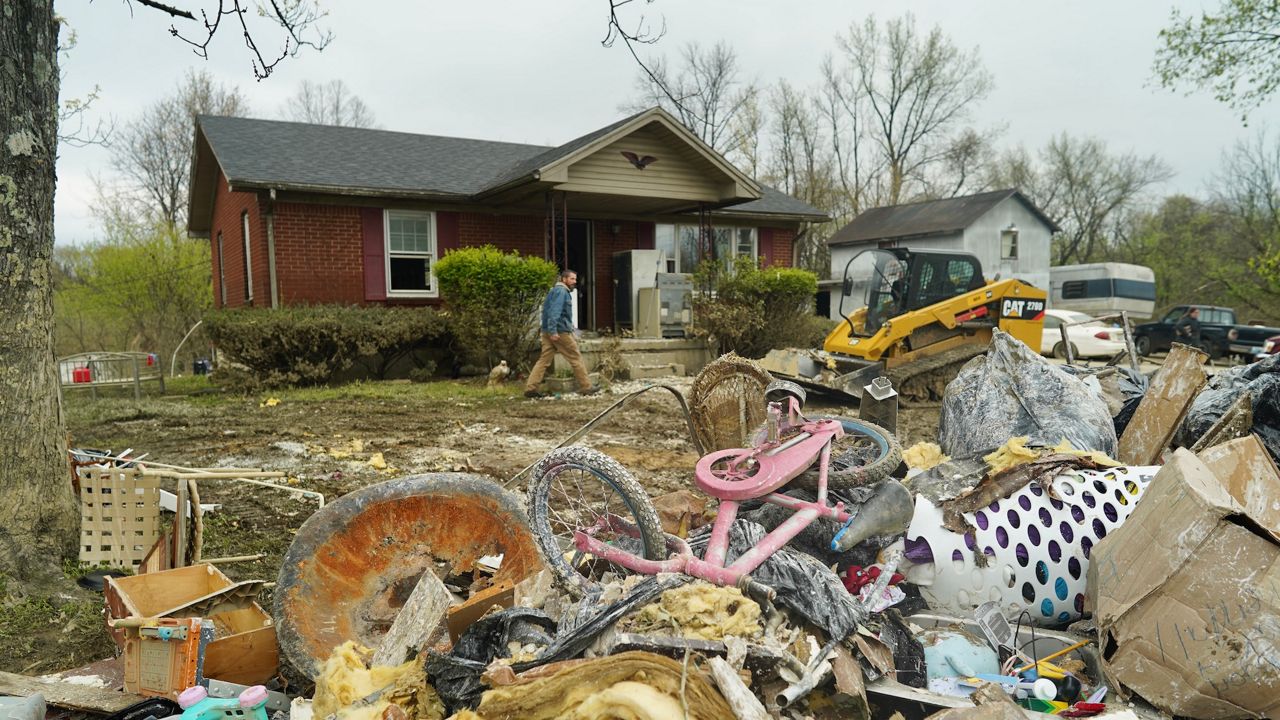RICHMOND, Ky. — In 1997, House Bill 330 created an opportunity for safe and secure learning environments for children in Kentucky. The bill was passed in the General Assembly with the Department of Education.
On April 10, 1998, the Kentucky Center for School Safety (KCSS) was established. Since that time, the center has developed “basic standards” for school districts across Kentucky.
What You Need To Know
- Kentucky Center for School Safety (KCSS) was established in 1998
- Jon Akers serves as the executive director
- It provides research, resources, training and technical help to every school district in the commonwealth
- KCSS provides all school districts across Kentucky with “basic standards” for school safety
KCSS provides research, resources, training and technical assistance to every school district in the commonwealth. The group’s “basic standards” are reviewed annually. Jon Akers, who serves as the executive director, is a pivotal part in communicating standards to school districts.
“That might be research, that might be resources that might be training,” said Akers.
KCSS is based in Richmond. Akers said training is reviewed each year and when changes are needed, school communities and local law enforcement team up to learn new protocols. Akers was a principal for 25 years in Fayette County when one of the nation’s worst school shootings occurred.
“What we learned at Columbine High School when that tragedy occurred in 1999 is that the law enforcement officers waited outside the perimeter of the school for the SWAT team to come in to address that issue. That was a 45 minute time lapse right there,” said Akers.
Kentucky has policies in place that state law enforcement agents must enter the building as quickly as possible when students’ safety is compromised and neutralize the target.
Since 1970, The Center for Homeland Defense and Security finds nearly 1900 school shootings have occurred in the United States. Akers says School Resource Officers (SROs) are partly why small safety breaches don’t spiral out of control.
“It’s important for the parents to understand and for the kids to understand. We need to have a three-way partnership. Kids, the teachers and then law enforcement folks. We need to keep those communication lines going on all the time,” said Akers.
Having open communication lines is what Akers believes will decrease fear or a misunderstanding about SROs. Akers says they’re just one more person who can monitor children during the school day.
Often, school safety breaches start with simple social media posts.
“If we can get somebody that hears that leak to get ahead of the curve—call us or school officials or call our friends at law enforcement to give us a heads up on that—we can make [school safety] even better,” said Akers.
School districts in Kentucky follow year round protocols for locking exterior and interior doors, Akers said. KCSS also responds to things like gas leaks, hazmat dangers and the death of a school community member.










